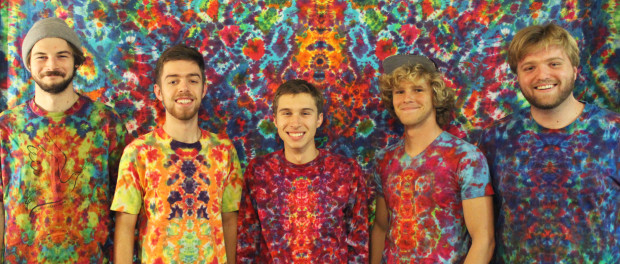
In the early 1980s, a diehard grateful dead fan with a penchant for tie-dye shirts broke up with his girlfriend, absentmindedly noting that he wouldn’t be able to take her to the upcoming concert. Outside of his chemistry lab at UCLA, a girl approached the boy, knowledgeable about his musical inclinations. “Do you have a ticket to Grateful Dead this weekend?” she asked. “Yes,” the boy answered. The two went on to get married, go to more than 300 shows together and sell gorgeous tie-dye shirts to fund the whole adventure.
Fast forward thirty years, and we’ve got three tie-dye adorned 20-year-olds sitting in an Isla Vista living room, part of an arts collective/clothing company called Tribe Ties. Their names are Thomas Kenney, Will Shearer and Kenny Oravetz, all juniors at UCSB. Kenney, the son of the Grateful Dead enthusiasts, is a silky-haired CCS biology major with an easy smile. As a freshman, Kenney brought some of his dad’s larger pieces with him, and hung them up in the Santa Catalina dorms. New friends would pop in and compliment the tapestry, creating the laidback conversation that Kenney had grown so accustomed to.
On the other couch sat Shearer and Oravetz with their backs against a kaleidoscope of color. Reds and blues poured out on the sheets behind them, and a king-sized pastel piece hung from above. Shearer, a curly-haired blonde, is a philosophy minor and financial math and statistics major, and his technical thoughts melded into the conversation. He explained the readying process of the dye with ease.
“The chemistry is one of the fun parts, [with] us trying to nail down what was the right dye mixture … We mix [the dye powder] with distilled water, and the water is saturated with urea which helps brighten the colors,” Shearer explained.
Oravetz was the mellow one of the bunch. A bearded, lanky fellow, Oravetz has a propensity for inserting historical anecdotes into conversation, a byproduct of his English major and history minor background. “You’re about to be treated to a history lesson,” Kenney laughed, seguing into Oravetz’s narrative about the Merry Pranksters, a group of musicians and writers of the ’60s.
“Ken Kesey, who wrote One Flew Over the Cuckoo’s Nest, was a pioneer of the hippie movement, and he and a bunch of his friends took a big bus trip across America with a painted school bus. Out of that bus trip arose the Grateful Dead, and the driver of the bus was Neal Cassady, a character prominent inOn the Road, [a book] written by Jack Kerouac,” said the junior history extraordinaire, his brown eyes thoughtful. Oravetz is also the Program Director of KCSB, and the name of his radio show, The Roadtrip, is based on the adventures of those aboard the painted school bus.
Tribe Ties’ technique is masterful; a shirt wound with fishing line was passed around, and its many nubs gave the effect of a spiny stegosaurus. The fishing line is an essential part of the process, and the boys purchase it at the trustworthy Hook Line & Sinker fishing shop in Goleta. It’s got a tendency to cut up hands, proven by hard callouses between pointer fingers and thumbs.
For these three and their other six or so collaborators, tie-dye is the way to wound down after a busy week, or a particularly hard day. While battling school and extra-curriculars, tying is a way to relax. “I’m a scientist, so this is how I get to be creative,” said Kenney.
They listen to music as they tie, but sometimes opt for book recordings. “[A while ago,] I listened to all of Dune as we tied. It’s a classic sci-fi novel — the book that motivated the creation of ‘Star Wars.’ It’s sort of like space feudalism, and when you’re sitting in a room tying eight shirts, it’s nice,” said Shearer. Oravetz prefers the music, and concentrates on weekly playlists for his KCSB show while creating.
They haven’t quite nailed down their business model yet, with most college-aged students reluctant to purchase a $20-$25 original piece, but they’ve got an endless supply of ideas to bring more tie-dye to Isla Vista. They often spend lofty days at the beach dressed in their favorite garb, communicating a message of colorful confidence.
“Sometimes we would walk down the street all wearing tie dye, and people would stop and stare. We’d go down to the beach wearing our most extravagant tie dye and have a tie dye flag,” said Shearer. An avid surfer, Shearer occasionally throws older, less sophisticated pieces over his wetsuit.
Shearer and Oravetz DJ on the weekends, serving sounds to 400+ house parties, outfitted with only the grandest polychromatic tapestries. “[The parties are] like a blending with modern EDM culture and old hippie culture, which surprisingly meld really well,” said Shearer.
Tribe Ties has worked on and off campus and off, planning dye stations for freshmen and clubs like Hillel and creating shirts for sorority girls. Last month they did an open dye party on the lawn in El Dorado, and listened to a violist play Bach while everyone got their hands dirty.
Latex gloves were recommended, but sometimes the dye seeps through unsuspecting holes. Kenney, who works on a lab on campus that stains sections of fruit flies, lamented that his supervisor always gets mad when he shows up with black hands.
Isla Vista isn’t the only place experiencing the groove of the dye. Tom Petty fans at this past Outside Lands in August got a real treat when a Tribe Ties flag flew in front of the stage cameras, obstructing the country singer from view.
Security guards barged into the crowd with flashlights and scolded the crew, and the next day flagpoles of any kind were banned at the festival. But the tie-dye family persisted. “[In place of the bamboo poles], we found sticks inside [the venue] and shaped them with a pocket knife and put the flags up,” said Kenney.
The group is resourceful, leaning on thrift stores as wells for $3 high-quality cotton sheets and organic fabrics. They’ve even used Kenney’s campus lab incubator to keep tied products at the preferred high temperature for fixing. They make good use of their time, too. On a drive up to the bay, Tribe Ties fulfilled a 60-shirt order. “People were tying in the back of the car, and the shirts were filling up the [the legroom]. I just kept yelling, don’t throw them under the brake pedal please!” laughed Oravetz.
That sense of humor and productive attitude is what sets Tribe Ties apart as a forum for art. Well, that and the fact that they constantly communicate a message of color and openness, combining the strengths of Isla Vista with an art form that has been revered since the ’60s.
“I.V. has a certain culture of extroversion and friendliness — being open to new things, open to spectacles — and tie dye fits right in,” said Oravetz. A moment later he added, “We want to make sure Isla Vista is a fun, happy, colorful place. Emphasis on the colorful.”
Chat with Tribes Ties at facebook.com/tribeties.
NOTE: Check out this article in the Daily Nexus here:
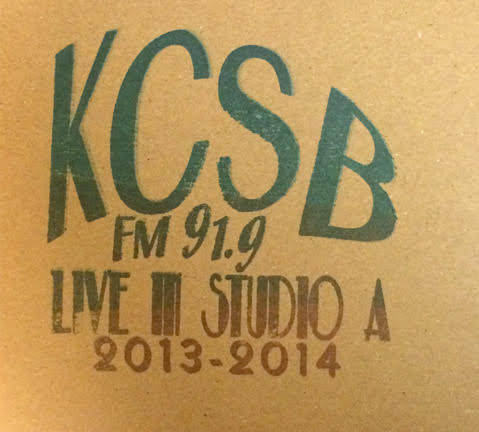

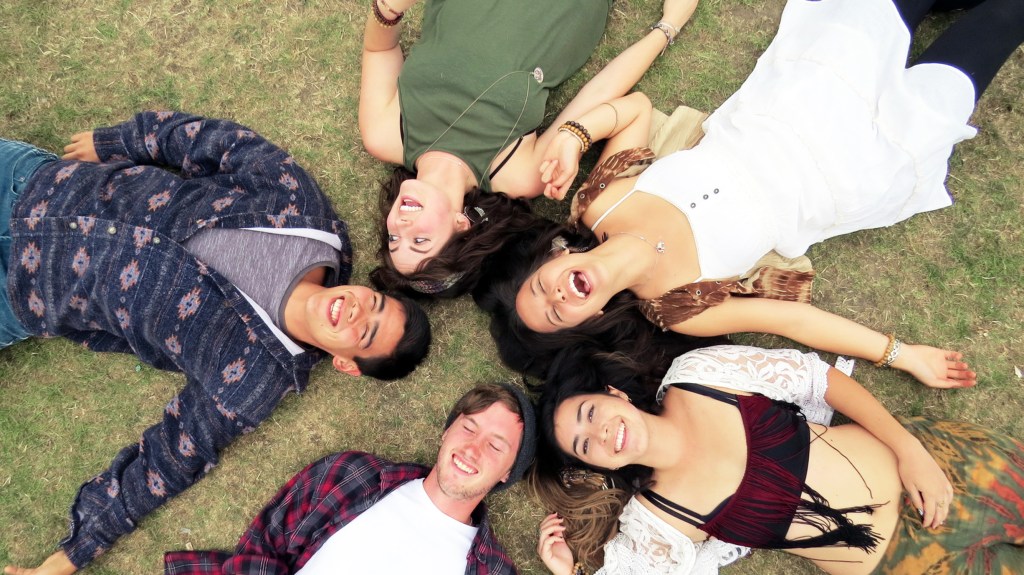
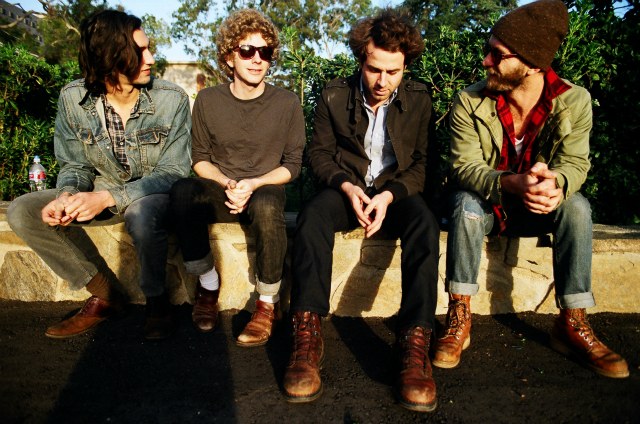
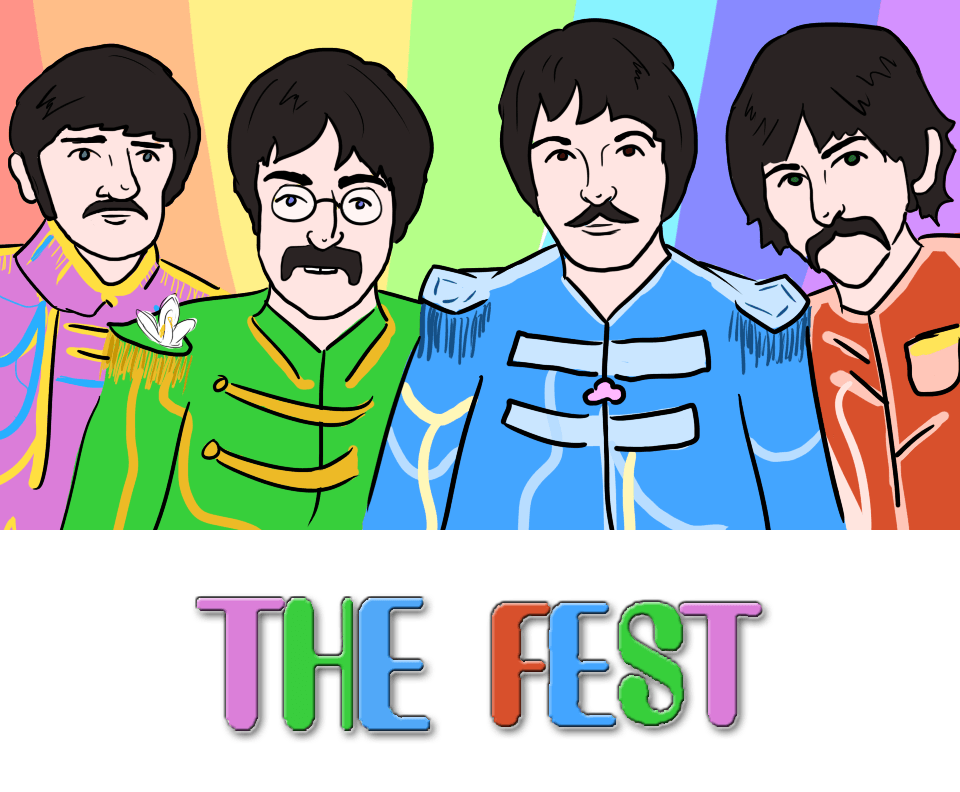
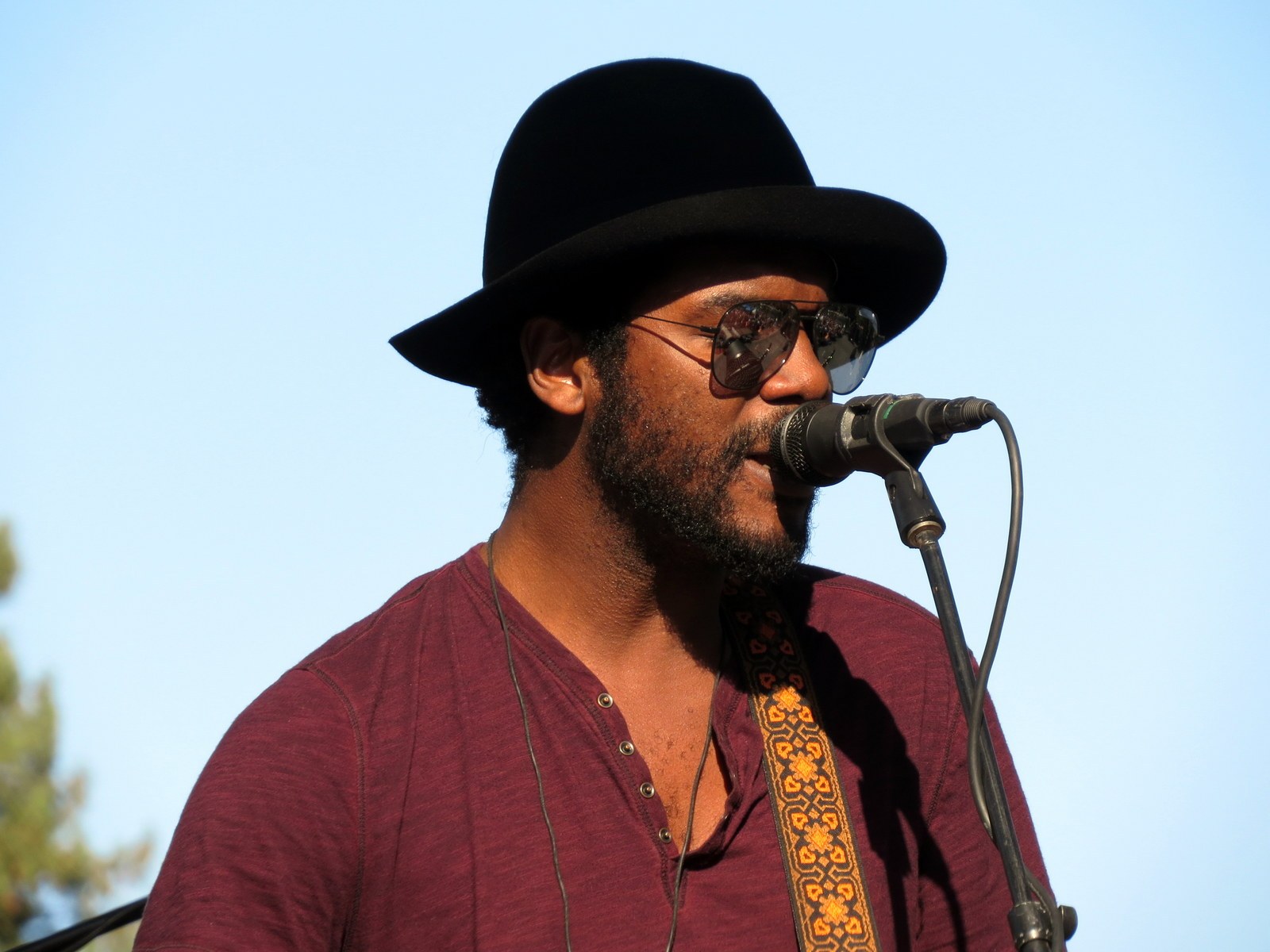
Leave a Reply